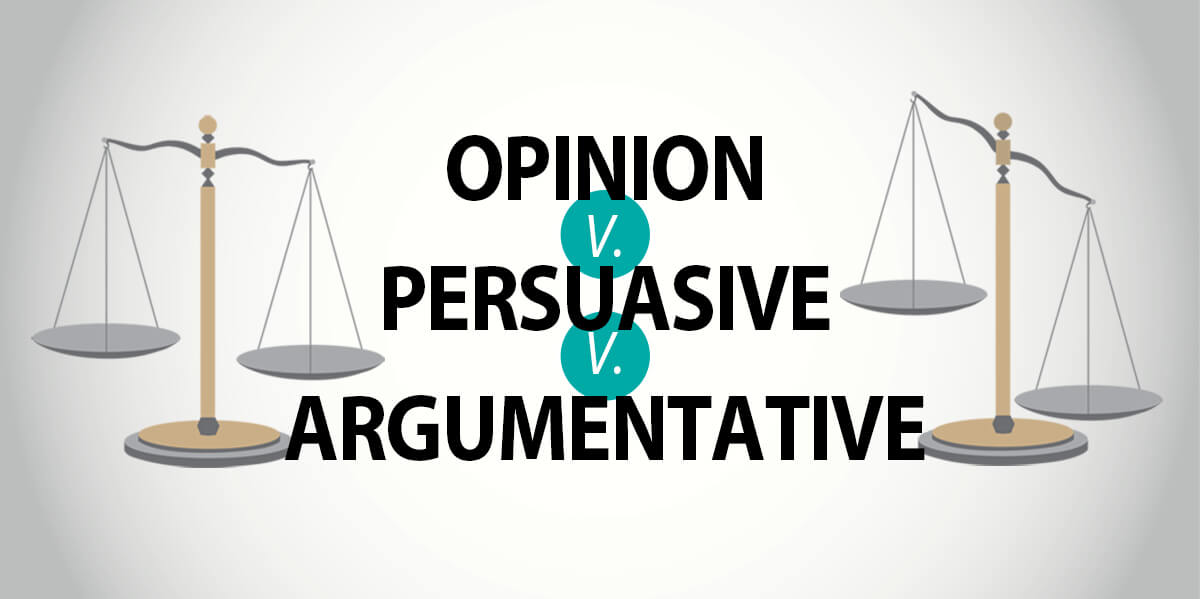Learning Center
writing
Build research & argumentative skills with ProCon.org
march 11, 2014

As you are working to support students’ argumentative writing skills, be sure to check out the abundant resources found on ProCon.org.
Operated as a not-for-profit organization, ProCon.org is rich with unbiased, transparent information on a wide range of controversial issues.
1. Anchor papers:
If students are to write strong arguments, they first need to read well-written arguments. Within the ProCon.org website, you’ll find short, informational texts on various themes, concepts, and topics. Look to weave these shorter, one-sitting readings into your existing units of study as a way to provide a range of text types to your readers and reveal exemplars of argument to your writers.
2. Source credibility:
To aid students in assessing source credibility, ask students to click on the numbered cite references within the different Pro-Con arguments. Have them double check a source’s information by searching for corroborative evidence from other resources.
3. Fact vs. opinion:
Arguments include data (fact) and expert quotes (opinion). When you’re ready to teach the differences, this site includes a wealth of examples. Each topic on ProCon.org offers multiple facts and opinions.
4. Prioritization:
All reasons are not created equal. Have students learn this lesson by listing top reasons outlined for both sides of a ProCon.org issue and then rank them in order of strength. (Caution them to beware of the temptation to judge based on their own personal opinions. Have them make their decisions based solely on the evidence presented.)
5. Thesis statements:
With abundant research provided on both sides of a ProCon.org issue, ask students to write thesis statements. After culling through the data from both sides of an issue, students can determine which position they can better prove, and thus practice writing an introduction with thesis.





